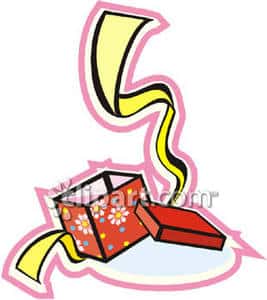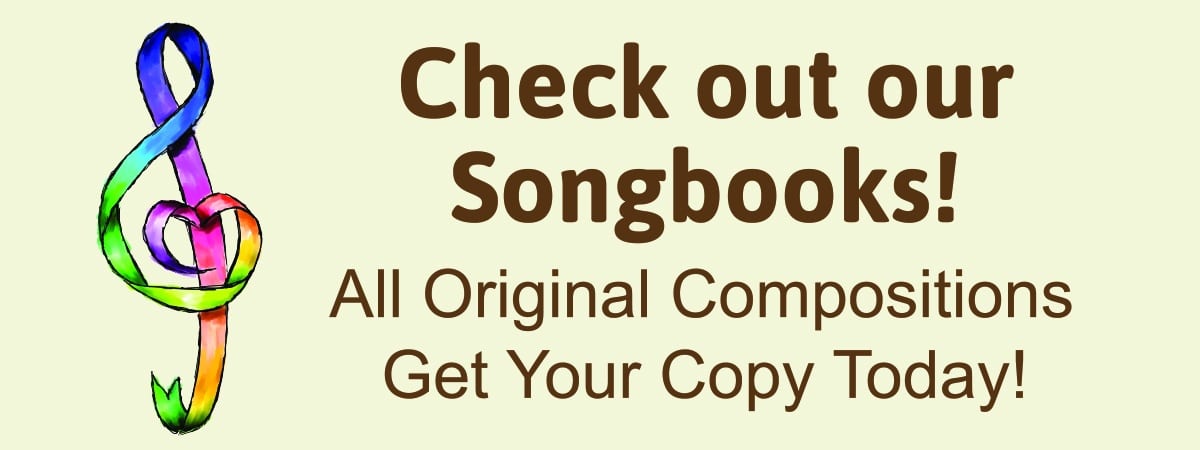The music therapists of Raising Harmony™ and Sprouting Melodies® are so grateful to all the MOMs who believe enough in the importance of music in their children’s lives that they pack, and carry and drive and unload and climb and shuffle in order to get to music group each week. We are committed to supporting you in your journey through motherhood. [Read more…]
National Children’s Mental Health Awareness Day- May 9, 2013
Musical Markers: Show Me the Way to Go Home
When I was younger, I would look in envy at the magazine and newspaper articles about travel and dream of the day when I would jet off to new cities, new experiences and new cultures. Well, now that I am older, part of that dream has come true. I have been fortunate in the past few years to be invited to share my thoughts and music on early childhood and development across this country and sometimes outside of the country. 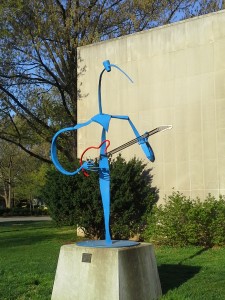 [Read more…]
[Read more…]
It’s Not Just a Song…
One of the best parts of being a music therapist is the shared sense of commitment and passion in the music therapy community. I have the honor to travel to many of the national and regional conferences of the American Music Therapy Association and share the early childhood music therapy information and vision of Raising Harmony and Sprouting Melodies. The latest gathering came in the beautiful and awesome area of southern Arizona. The conference center for the meeting is an intricate collection of walkways, gardens, and stucco buildings designed by a student of the famed architect, Frank Lloyd Wright. Every aspect of Wright’s design is deliberate and detailed with the mission of reflecting and respecting the natural environment while providing for simplicity in function and form.
The March Leprechauns, Bunnies, Lambs and Lions Are Here: Making Imagination Flourish through Music
In my work as an educator and consultant I have plenty of opportunity to visit early childhood centers and schools. Most of my visits are very pleasant, and I get to see some really excellent programs.
This time of year, though, I am always amused to see hung on walls and decorated in projects the lasting vestiges of the March Imaginarium: Leprechauns, Bunnies, Lions and Lambs. How come these symbols and icons have lasted so long? And how come they sometimes become the foundation for educational curriculum? [Read more…]
Parents as Reading Partners: Songs, Snuggles and Musical Support
Many of the children and some of the parents came to my school last night dressed in pajamas and carrying a pillow, stuffed animal and their favorite book. It was the annual Friday night pajama party celebrating a weeklong event known as ‘Parents as Reading Partners’ or PARP. During the week, the families pledged to read every day to their child. Each title was recorded on a paper heart, and sent back to school. By last night, the front lobby walls were crammed with hearts- a testament to the dedication and concern of our parents.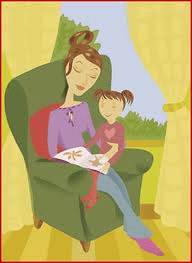
My school setting is fully integrated, and so we have children with all kinds of abilities and challenges. But the staff and families are committed to the importance of early literacy for every child. Developing print literacy, though, can be difficult when the child’s growth is impacted by disability. [Read more…]
Moments of Wonder and Awe in Music
It’s a wonderful life. It’s the most wonderful time of the year. Star of wonder. Winter wonderland.
So many songs of the holiday season remind us that the world promises moments of awe and amazement and wonder. As you read this, you might be picturing or feeling or reliving one of those moments. One slice of time sticks out for me from this past year. The lights were glowing soft and the room was cozy. My family was bundled together doing what we always do – sing. There is a moment in singing one of our favorite scores when the close, warm harmonies take a sudden enharmonic turn. Each time I sing these same few measures I get a tightness in my chest and a catch in my throat. The beauty of the sound is indescribable and seems to take me to a whole different world. The feeling is one of wonder and one of awe. [Read more…]
When Words Fail: Small Children and Tragedy
Dear Raising Harmony Members,
For the second time since starting this blog a few short months ago, difficult, and now tragic, events have torn open the vulnerable world of small children. There are no words that can meet the depth of sorrow for those who lost children in this latest school shooting. Many will write for those families and that community and offer them what they can in their grief. But today I feel compelled to share some of my thoughts with you, our early childhood community, on some immediate and critical ways to meet the needs of our own young children in times of tragedy. [Read more…]
Two Sides of the Street
Reaching Out a Hand to the Music Teacher
I just returned from another long week of travel up to the annual conference of our state music educators association. For the last few years I have been the music therapy liaison to this music teacher’s group and attending the conference is one of my duties. Each year seems to bring greater acceptance and understanding on both sides of the music street for the things we have in common and the ways we are unique. This year my music therapy colleagues, Evelyn Selesky and Tracy Wanamaker, and I presented three sessions- on Autism, behavior management in the music education classroom and music therapy as a career.
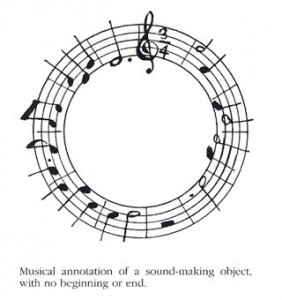
As I walk around this packed and very hectic conference, I have had to perfect my ‘music therapy elevator pitch’. And it has to be tailored to the audience- our fellow music educators. The first thing that generally comes up is the pressure these teachers feel to be successful in reaching every student since ‘all kids like music’. Many are given minimal support and scarce information. This is the perfect time to ‘walk across the street’ and reach out a hand to the music educator to share our knowledge as music therapists about children, development and music responses. I find that spreading our resources is more effective in the long run than protecting them. But I make it clear that the strategies that I give them are designed to help them be a better music teacher and to help assure that all children have access to a quality music education.
The road gets a little muddy, though, when I meet with the early childhood music educators. Good quality early childhood music education often promotes development. The teachers see this and assume that the two sides – music skill development and overall development in music- are one and the same thing. This is true as long as the child responds to the curriculum in the way that the curriculum intended. The problem arises when the child does not respond according to plan. This is another place for the music therapist to step in. Rather than meeting in the middle of the road though, I encourage the early childhood music educator to find their way back to their side of the street and continue to do their job of helping children gain early music skills. As music therapists, we can then provide an alternate way to help young children develop through music.
Here is one way I explain it using some visual imagination. Music can be like a beautifully wrapped present. The music educator’s job is to show children how to carefully wrap the package – paper, tape, string, bow – putting together the pitch, rhythm, form and melody. When it is finished, the package of music is ready to display and everybody recognizes it as a present.
The music therapist takes the same elements of the package and takes them apart. Maybe the rhythm will be tucked in the child’s shoes. The form can be a crown or a helmet. The melody is stuffed in pockets and taken out as needed. And the pitch is worn like fingers on a glove. At the end there is no pretty present to show. The elements are just absorbed into the child’s whole being.
Enjoy this visual image as you make your way toward the holiday season. And maybe think of giving a gift to a music educator by inviting them to dance with you in the middle of the street.
Beth
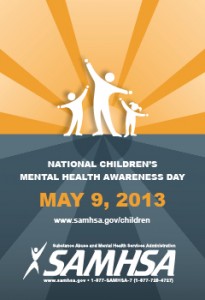

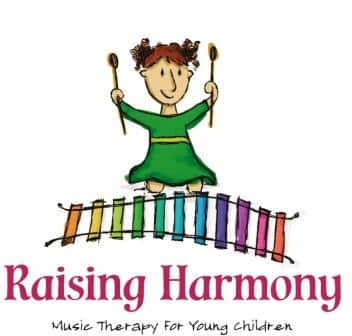
![MC900439783[1]](https://raisingharmony.com/wp-content/uploads/2012/12/MC90043978311.png)
